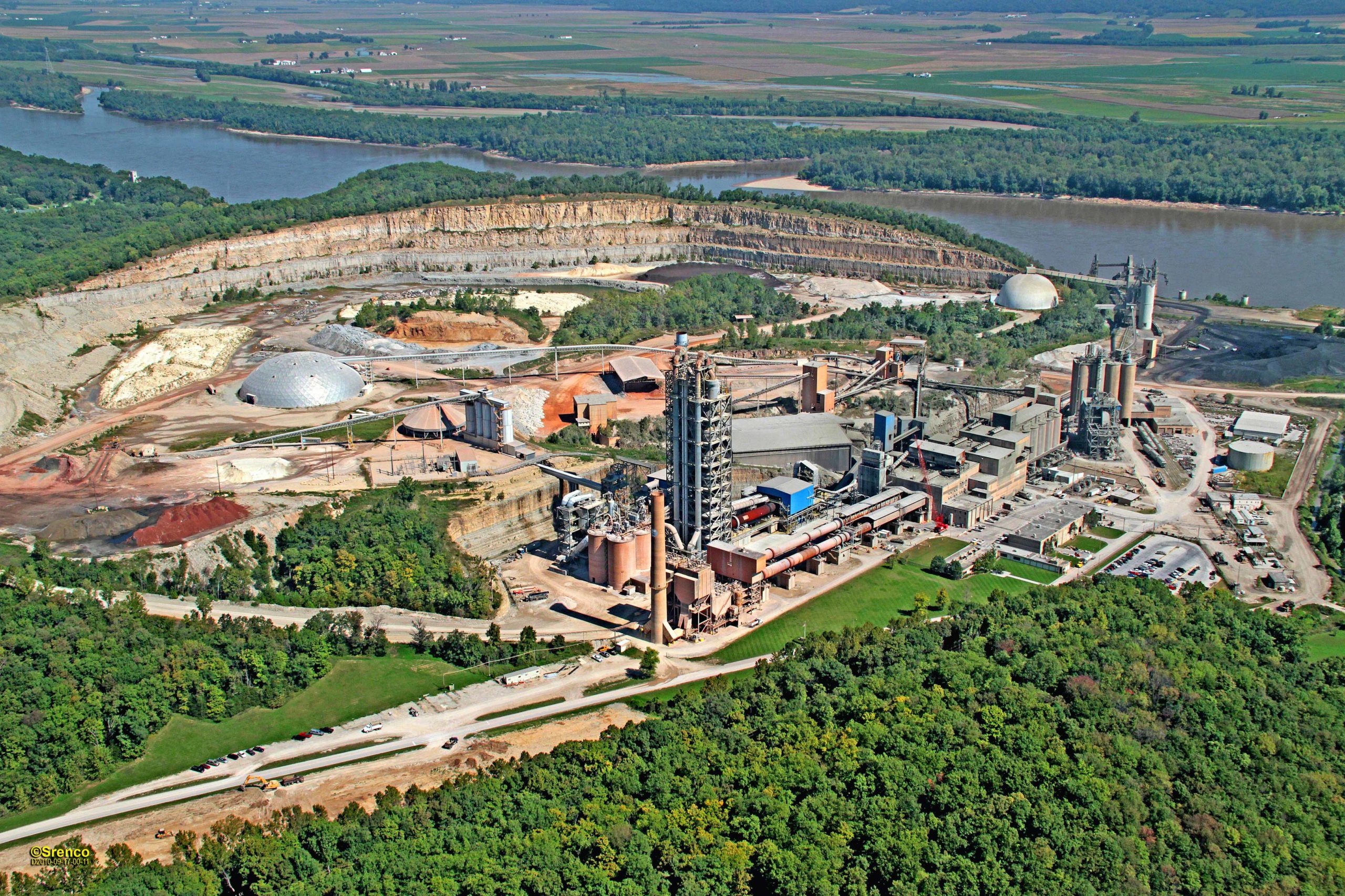Rick Bohan
Vice President, Sustainability for the Portland Cement Association
The Roadmap to Carbon Neutrality, introduced by the Portland Cement Association, outlines a value chain approach to reach carbon neutrality across the built environment. The first two links in this value chain directly relate to operations at cement plants. Most Americans will never see clinker, the first step in the value chain, or cement, the main ingredient in the concrete we use to build our roads, structures and critical infrastructure.
Cement is a binder that, when mixed with water and aggregates, forms the durable and resilient material we know as concrete. Optimizing the ingredients in cement not only enhances the benefits of cement-based products, but also reduces the carbon intensity of cements. Cement producers are building on their proven legacy of lowering emissions to continue cutting greenhouse gases (GHG) while further increasing their energy efficiency.
Increasing supplementary cementitious materials
Cement includes clinker with finely ground limestone, inorganic processing additions, and precisely controlled amounts of sulfate. By optimizing what goes into cement, we can reduce emissions from material processing – for example, replacing some of the clinker with limestone or industrial byproducts like slag or fly ash, reduces the carbon intensity of cement while creating a product with the same strength, durability, and resiliency we’ve come to expect from concrete.
Currently, cements have a clinker to cement ratio of more than 90%. The remaining material, gypsum, limestone, and processing additions can be partially replaced with supplementary cementitious materials (SCMs). This directly reduces the CO2 from clinker production. SCMs include slag, fly ash and silica fume. In many cases, these are industrial byproducts that would otherwise be landfilled. Proper amounts of SCMs can improve durability and address the harmful chemical reactions caused by some aggregates.
Tomorrow’s cements are targeting lower clinker to cement ratios. Cements today include less than 5% of SCMs, but the industry is targeting increasing SCM amounts to 10% in 2030, 15% by 2040 and 20% by 2050.
Leveraging new cement blends
Portland cement specifications limit the amount of limestone that can be added in cement to just 5%, but portland-limestone cement (PLC) specifications allow for the addition of up to 15% limestone, fly ash or slag, which leads to a reduction in CO2 emissions.
There is a tremendous opportunity to increase the use of PLC, but in many cases, institutional inertia presents one of the greatest obstacles to widespread use. This Roadmap is an approach to accelerating the acceptance and adoption, not only of these proven materials, but also an approach to accelerating the adoption of the standards and specifications providing a pathway to their use.
Standards for the cement industry are the common language that producers, users and consumers speak to ensure consistency and uniformity. Different cement standards provide cement users a variety of options and choices. Ultimately harmonizing these unique standards will provide an even greater degree of flexibility.
For more than a century, educating producers, users, consumers, the government, academia, contractors, the construction industry, and the general public has been the hallmark of PCA; it is even more important today to educate stakeholders on all the options available with cement blends and their sustainable benefits.
Organizations such as ASTM International and the American Association of State Highway and Transportation Officials play a critical role in developing. Updating these standards is key to helping the cement and concrete industry achieve carbon neutrality.
Cement producers can create more efficient and sustainable clinker and cement, but collaboration to update regulations and increase awareness of these materials will be required before the market will embrace them.
